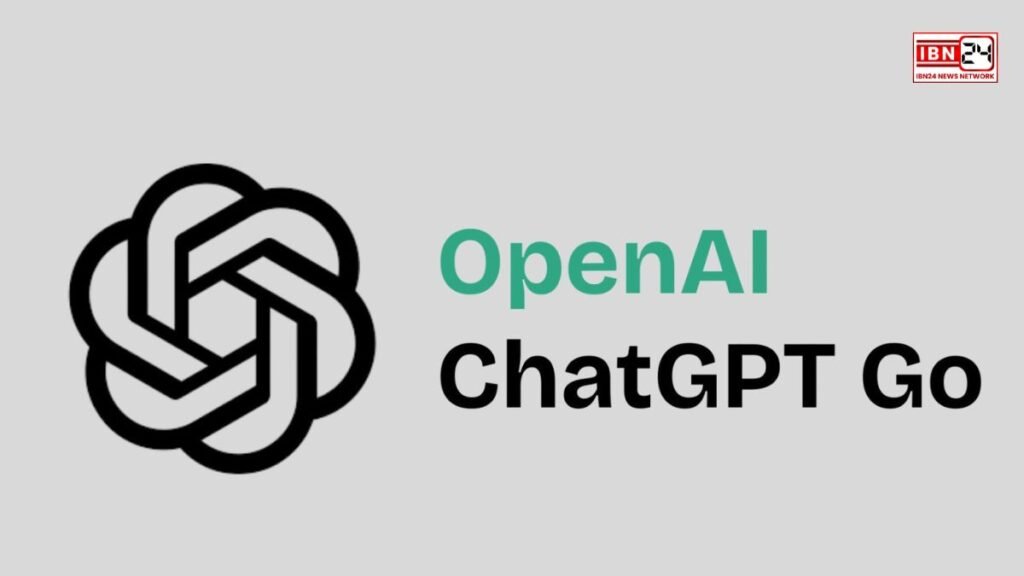BSNL भर्ती 120 पदों पर मौका, 50 हजार से ज्यादा सैलरी — फ्रेशर भी करें अप्लाई, भारत संचार निगम लिमिटेड (BSNL), जो भारत सरकार की एक प्रमुख टेलीकॉम कंपनी है, ने सरकारी नौकरी की तलाश कर रहे युवाओं के लिए एक महत्वपूर्ण भर्ती अधिसूचना जारी की है। यह भर्ती कुल 120 पदों के लिए है, जिसमें सबसे खास बात यह है कि फ्रेशर उम्मीदवार भी आवेदन कर सकते हैं और चयनित उम्मीदवारों को ₹50,000 से अधिक का आकर्षक वेतन मिलेगा।

पदों का विवरण
BSNL भर्ती 120 पदों पर मौका, 50 हजार से ज्यादा सैलरी — फ्रेशर भी करें अप्लाई, BSNL ने दो अलग-अलग स्ट्रीम में सीनियर एग्जीक्यूटिव ट्रेनी के पदों पर भर्ती निकाली है।
| पद का नाम | पदों की संख्या |
| सीनियर एग्जीक्यूटिव ट्रेनी – टेलीकॉम स्ट्रीम | 95 |
| सीनियर एग्जीक्यूटिव ट्रेनी (DR) – फाइनेंस स्ट्रीम | 25 |
| कुल पद | 120 |
शैक्षणिक योग्यता
BSNL भर्ती 120 पदों पर मौका, 50 हजार से ज्यादा सैलरी — फ्रेशर भी करें अप्लाई, इन पदों के लिए शैक्षणिक योग्यता स्ट्रीम के अनुसार अलग-अलग निर्धारित की गई है:
1. सीनियर एग्जीक्यूटिव ट्रेनी – टेलीकॉम स्ट्रीम
• उम्मीदवार के पास कम से कम 60% अंकों के साथ बी.ई. (B.E.) या बी.टेक (B.Tech) की डिग्री होनी चाहिए।
2. सीनियर एग्जीक्यूटिव ट्रेनी – फाइनेंस स्ट्रीम
• उम्मीदवार के पास चार्टर्ड अकाउंटेंट (CA) या कॉस्ट एंड मैनेजमेंट अकाउंटेंसी (CMA) की डिग्री होनी चाहिए।
• महत्वपूर्ण: इस स्ट्रीम के लिए फ्रेशर उम्मीदवार भी आवेदन करने के पात्र हैं।
आयु सीमा
BSNL भर्ती 120 पदों पर मौका, 50 हजार से ज्यादा सैलरी — फ्रेशर भी करें अप्लाई
• न्यूनतम आयु: 21 साल
• अधिकतम आयु: 30 साल
• आरक्षित वर्ग के उम्मीदवारों को सरकारी नियमों के अनुसार अधिकतम आयु सीमा में छूट प्रदान की जाएगी।
वेतन और भत्ते
BSNL भर्ती 120 पदों पर मौका, 50 हजार से ज्यादा सैलरी — फ्रेशर भी करें अप्लाई, BSNL में सीनियर एग्जीक्यूटिव ट्रेनी के पद पर चयनित उम्मीदवारों को एक आकर्षक वेतनमान दिया जाएगा:
• वेतनमान: ₹24,900 से ₹50,500 प्रति माह।
• इस वेतन के अलावा, उम्मीदवारों को अन्य भत्तों (Allowances) का लाभ भी मिलेगा, जिससे कुल सैलरी ₹50,000 से अधिक हो सकती है।

चयन प्रक्रिया
इन पदों पर उम्मीदवारों का चयन लिखित परीक्षा (Written Exam) के आधार पर किया जाएगा। चयन प्रक्रिया से संबंधित विस्तृत जानकारी आधिकारिक अधिसूचना (Official Notification) में उपलब्ध होगी।
आवेदन कैसे करें
BSNL भर्ती 120 पदों पर मौका, 50 हजार से ज्यादा सैलरी — फ्रेशर भी करें अप्लाई, BSNL भर्ती 2025 के लिए आवेदन प्रक्रिया जल्द ही आधिकारिक वेबसाइट पर शुरू होने वाली है। इच्छुक उम्मीदवार नीचे दिए गए चरणों का पालन करके आवेदन कर सकते हैं:
1.सबसे पहले बीएसएनएल की आधिकारिक वेबसाइट bsnl.co.in पर जाएं।
2.होम पेज पर भर्ती (Recruitment) या करियर (Career) सेक्शन में जाएं।
3.संबंधित भर्ती अधिसूचना (Notification) को ध्यान से पढ़ें।
4.आवेदन लिंक सक्रिय होने पर, एक नया पेज खुलेगा जहां आपको अपना रजिस्ट्रेशन करना होगा।
5.रजिस्ट्रेशन के बाद आपको एक लॉगिन आईडी और पासवर्ड प्राप्त होगा।
6.इस लॉगिन आईडी और पासवर्ड का उपयोग करके लॉगिन करें और ऑनलाइन आवेदन फॉर्म भरें।
7.सभी आवश्यक दस्तावेज अपलोड करें और आवेदन शुल्क (यदि लागू हो) जमा करें।
8.फॉर्म को सबमिट करें और भविष्य के संदर्भ के लिए उसका प्रिंटआउट लेकर सुरक्षित रख लें।
यह भर्ती उन सभी उम्मीदवारों के लिए एक बेहतरीन अवसर है जो एक प्रतिष्ठित सरकारी टेलीकॉम कंपनी में अपना करियर बनाना चाहते हैं। विशेष रूप से फाइनेंस स्ट्रीम के फ्रेशर्स के लिए यह एक सुनहरा मौका है। उम्मीदवारों को सलाह दी जाती है कि वे आवेदन शुरू होने की तारीख और विस्तृत जानकारी के लिए आधिकारिक वेबसाइट पर नियमित रूप से विजिट करते रहें।
Read also this Article : सरकारी नौकरी: ONGC भर्ती 2623 पदों पर मौका, आज आखिरी दिन — बिना एग्जाम या इंटरव्यू होगा सिलेक्शन
पल पल की खबर के लिए IBN24 NEWS NETWORK का YOUTUBE चैनल आज ही सब्सक्राइब करें। चैनल लिंक:https://youtube.com/@IBN24NewsNetwork?si=ofbILODmUt20-zC3
Instagram: https://www.instagram.com/ibn24newsnetwork
Facebook: https://www.facebook.com/ibn24newsnetwork/
Twitter: https://x.com/IBN24Network?t=K1A8JK8CUwcgllMRYQNPOw&s=08
























